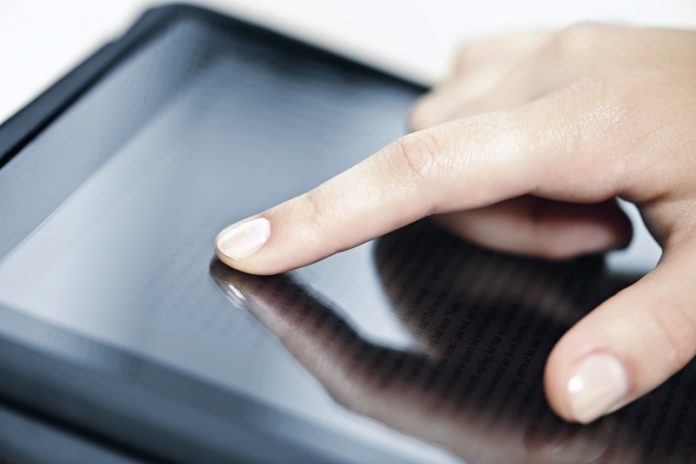The Ministry of Culture in Lithuania highlights to AG how they are supporting digitisation of cultural heritage in libraries, museums and archives…
Supporting digitisation in cultural heritage in Lithuania is integral, in order to encourage memory institutions to carry out the active dissemination and popularisation of the cultural values kept by them, and to use digitised contents in educational processes for the development of national identity and cultural characteristics along with the enrichment of public leisure. As well as, to raise the competency of the digitisation experts working on them, the Ministry of Culture has been organising a tender for the co-financing of projects for the dissemination of digitised cultural heritage since 2010. One of the project financing priorities is cooperation with institutions operating in various sectors, including the private sector. In 2013, 6 projects were implemented, in 2014 – 18 projects, and in 2015 – 15 projects. Funds of €86,880 have been assigned to their implementation every year. Since 2014, project administration has been assigned to the Lithuanian Council for Culture. The priority of cooperation between budgetary and private sectors was implemented by carrying out projects such as: Interactive Teaching Class – Cultural Heritage for the Digitisers project of the Lithuanian Art Museum, which was also co-financed by Education technologies, UAB; Creation of the Audio guide of the Anykščiai Arts Centre and its Adaptation for Visitors’ Personal Mobile Electronic Devices project of the Anykščiai Arts Centre, to which a contribution was made by Pronovus, UAB; other projects.
Lithuania is effectively using financing from EU structural funds for the implementation of the cultural heritage digitisation initiatives. During the EU structural funds investment period of 2014–2020, investments were made in the field of E-Services and Solutions of Culture of the 2nd priority Promotion of Information Society of the Action Programme of the Investments of the European
Union funds, development of e-services on the basis of digitised Lithuanian language, cultural heritage objects, and scientific research, education and art resources were planned in order to make valuable digital contents available for the broadest and most diverse applications by society, etc. New electronic services based on digital content will be introduced for users and memory institutions, digitised contents will be adapted for education, tourism, genealogy research purposes, and access opportunities for people with disabilities will be increased. During the period of investment of 2014–2020, funds of over €35m are planned to be used from the European Regional Development Fund.
It is important to digitise cultural heritage in order to standardise the processes and develop Lithuanian cultural heritage digitisation policy and create a single digital space for Lithuanian cultural heritage, providing up-to-date, thorough and reliable information about Lithuanian cultural heritage to national, European and global societies. Also, it is important to preserve cultural heritage to our future generations and, digitisation is one of the possible ways of doing this.
The Programme of Digital Cultural Heritage Actualisation and Preservation 2015–2020 stipulates strengthening of the network of digitisation centres to embrace all types of cultural heritage objects and the development of their activities by creating conditions for a consolidation of the processes of cultural heritage digitisation, quality, compatibility and the interoperability of digital contents, and by establishing an effective mechanism of cooperation between the centres and the provision of services to all memory institutions.
Ministry of Culture of Lithuania











